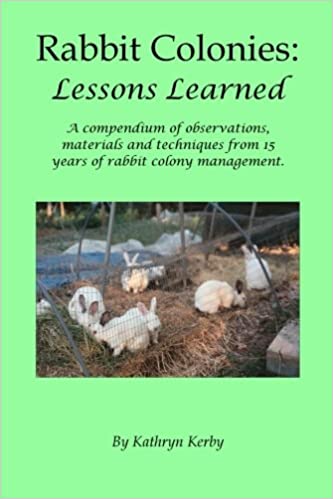|
Search this site for keywords or topics..... | ||

Custom Search
| ||
Chicken Coop:
Vermin Control

As we saw with predators, vermin are a seemingly endless source of vexation for flock owners, and for many of the same reasons. Bird feed and fresh eggs are simply such rich feed sources, that vermin are rewarded for expending considerable effort to reach either.
In some ways, vermin are harder to control than predators because they are often so much smaller. So fencing and walls which readily stop predators, will allow passage of rats and mice. Additionally, rats and mice can dig and gnaw, giving them access under barriers and through materials that would stop other animals. So these two species can be very, very difficult to control.
As with predators, there are steps which flock owners can take to minimize that damage. First, and this seems obvious, store the feed in vermin-proof containers. Metal trash cans work extremely well, are generally easy to locate, and will last for years without any protection at all. They’ll last a lifetime if stored under cover and on moisture-proof bases. Provide a tightly fitted, locked-down lid, and the garden-variety metal trash can will resist every vermin other than bears. For flock owners in bear country, there are specialized food lockers that are even bear-proof. That takes care of feed storage, but what about feed in the coop or in the yard?
Secondly, measure out the feed such that the birds don’t have excess feed laying around in either the coop or the yard. It’s relatively simple with a few days of experimentation, to figure out how much the birds need per day. Measuring out that amount once a day, ensures they have sufficient feed without waste. Measuring it carefully enough, and they’ll pick up even the feed which was initially spilled or scattered around the feeder. And that’s probably the single biggest magnet for vermin; take that magnet away and the vermin pressure will drop considerably.
Third, and this also sounds obvious, pick up all the eggs, every day. A single cracked egg is a beacon for vermin, and the smell will linger even after the egg itself is cleaned up. Not only will picking up the eggs each day help prevent vermin, it will also help prevent egg-eating amongst the birds themselves.
Finally, a few good mouser cats circulating around the chicken yard will help deter vermin. They are a traditional method for vermin control, and for good reason. While they cannot overcome massive infestations, they can definitely keep populations from getting too large to begin with. If vermin are already overrunning the poultry yard, each of these steps will need to be combined to bring them under control.
If all these things have been tried and vermin are still a problem, a few other things can be done. As we discussed in the section on building materials, concrete foundations can go a long way towards preventing vermin from gaining access. That requires that the building actually go all the way to the concrete pad, and that the perimeter be well maintained. Also note that vermin will readily nest under concrete pads, and then come out into the yard if feed is available there. A moat of deep sand around the concrete pad can help prevent this, as can patrols of good mouser cats.
If all else fails, a timeout can help. What I mean by this is to physically move all the birds to a new location – for instance, out to pasture – for a six month period of time, such that the resident population of vermin starves out. While the birds are gone, repairs and/or new construction can patch the flaws in the existing housing to keep new vermin from returning once the birds are home again.
Poultry Books
Sponsored Products
Our Successful Farming and Ranching Books

We released our very first self-published book. The Chicken Coop Manual in 2014. It is a full color guide to conventional and alternative poultry housing options, including 8 conventional stud construction plans, 12 alternative housing methods, and almost 20 different design features. This book is available on Amazon.com and as a PDF download. Please visit The Chicken Coop Manual page for more information.

Rabbit Colonies: Lessons Learned
We started with rabbits in 2002, and we've been experimenting with colony management ever since. Fast forward to 2017, when I decided to write another book, this time about colony management. The book is chock-full of practical information, and is available from both Amazon and as a PDF download. Please visit the Rabbit Colonies page for more information.
The Pastured Pig Handbook
We are currently working on our next self-published book: The Pastured Pig Handbook. This particular book addresses a profitable, popular and successful hog management approach which sadly is not yet well documented. Our handbook, will cover all the various issues involved with pastured hog management, including case studies of numerous current pastured pig operations. If you have any questions about this book, please Contact Us.